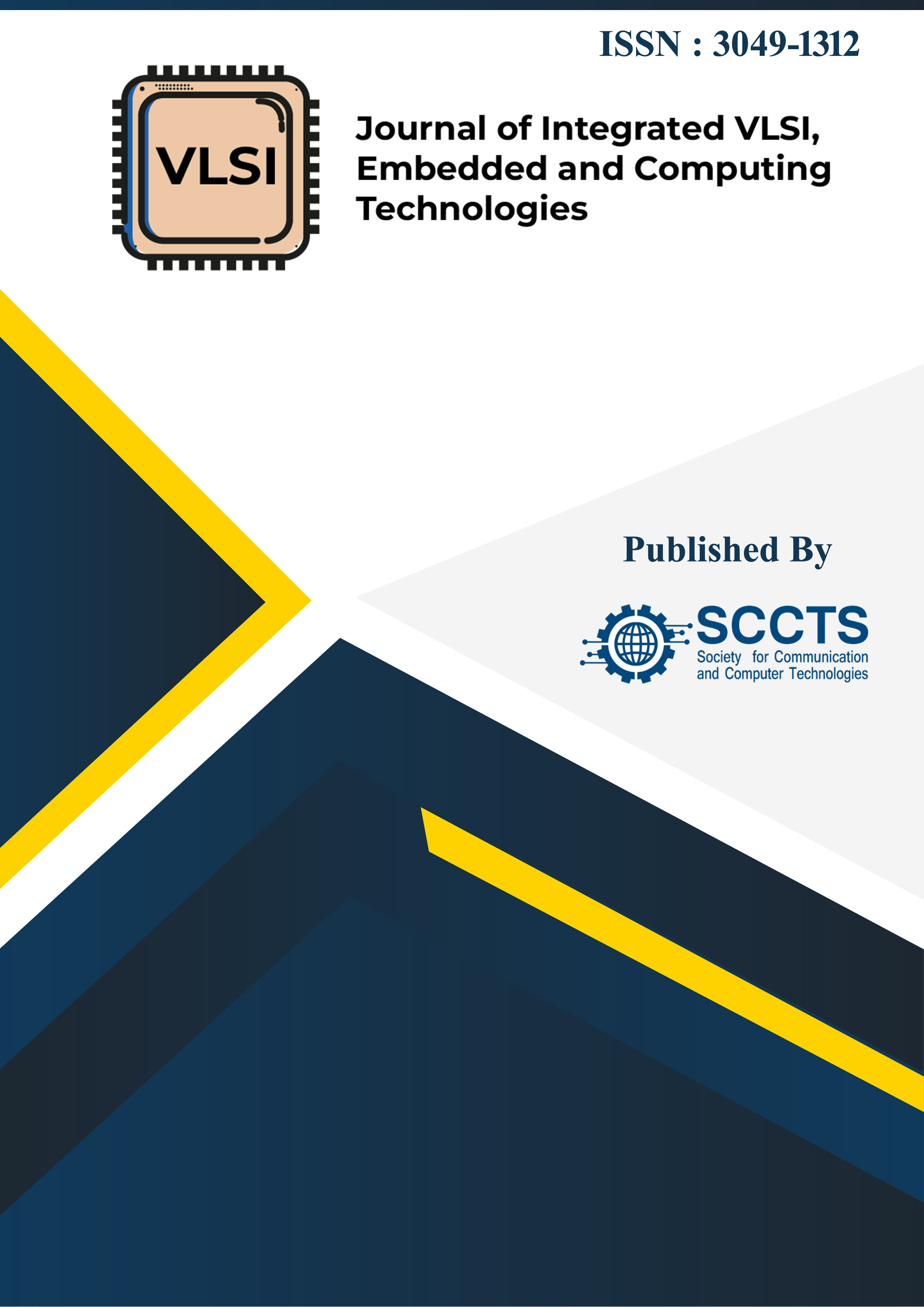Thermal-Aware Floorplanning and Optimization Framework for High-Performance Heterogeneous SoC Architectures in Edge-AI and Embedded Systems
DOI:
https://doi.org/10.31838/JIVCT/03.01.06Keywords:
Thermal-aware floorplanning, Heterogeneous SoC, edge computing, AI accelerators, thermal modeling, floorplanning optimization, thermal hotspots, reliability, embedded systems, chiplet integration.Abstract
The extreme growth of edge-AI and embedded systems has made it necessary to incorporate a range of dissimilar computing assets, such as CPUs, GPUs, NPUs, and memory blocks, into the same system-on-chip (SoC). The trend towards this kind of architecture ushers in extreme thermal management issues that affect reliability, performance and power efficiency. In this paper, a floor planning and optimization algorithm that is thermal conscious is proposed especially in high-performance heterogeneous SoC architecture. The potential framework has low peak temperature, reduces the thermal gradient, has more reliability of the entire system in that it is a combination of early stage thermal modelling, power density conscious placement algorithm, and dynamic thermal challenge approval. With simulation of real-world edge-AI workloads, up to 28 per cent fewer thermal hotspots and a 17 per cent better thermal uniformity were measured compared to commonly used floorplanning approaches. This paper is pioneering towards scalable thermal-driven design behaviors of embedded AI SoCs in future generation.





